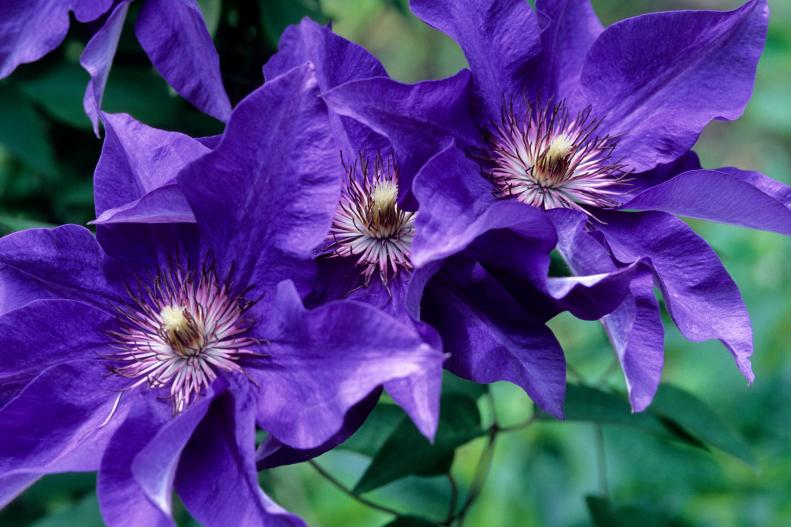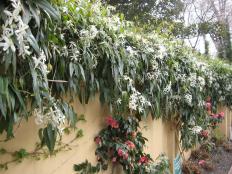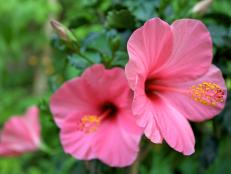1 / 17
Photo: BaileyNurseries.com
‘The President’ Clematis
When most people think of clematis, they picture something like the luxurious, deep purple blooms of 'The President.’ This beauty is a traditional clematis vine, happy to clamber up a trellis or blanket a fence. 'The President’ opens its first flush of flowers in late spring to early summer, followed by a second blooming with smaller flowers in early autumn. Prune in late winter or early spring, cutting vines back to 6" to 9" tall. Place cuts just above a pair of strong buds. These deer- and rabbit-resistant plants grow 8' to 12' tall by 3' to 4' wide. Hardy in Zones 4-8.











